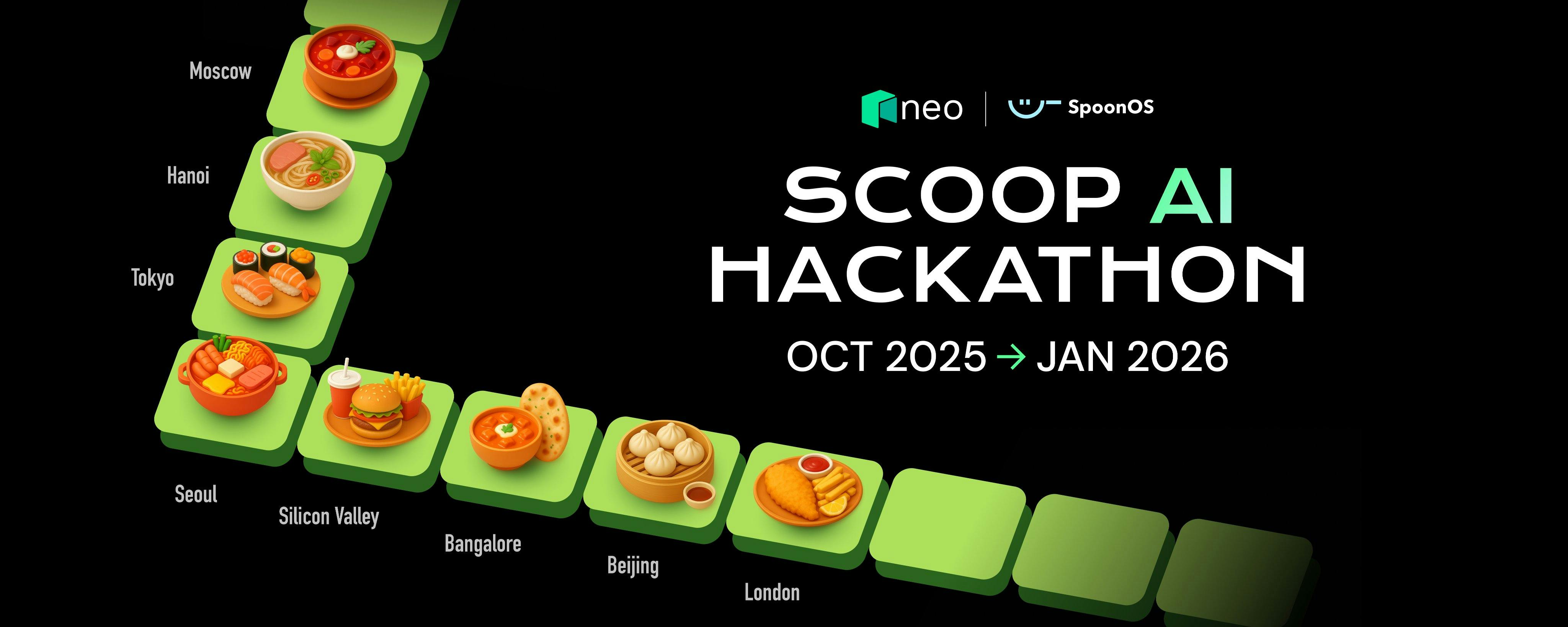Follow ZDNET: Add us as a preferred source on Google.
The main conclusions of ZDNET
- No one has managed to create a completely free software smartphone.
- Open source and free software projects have had limited success.
- The problem is proprietary technology without public documentation.
The Free Software Foundation (FSF) has unveiled a new initiative called LibrePhone, with the ambitious goal of a completely free software smartphone ecosystem. Good luck with that, because this goal is not easy to achieve in any way.
Zoë Kooyman, executive director of the FSF, acknowledged this fact, saying: “Given the complexity of the devices, this work will take time, but we are used to playing the long game.”
Also: 10 open-source Windows apps I can’t live without – and they’re all free
Project LibrePhone aims to remove all proprietary code from mobile devices. That code includes firmware, drivers, and the binary “blobs” that phones need to be able to use.
Although several projects, such as GrapheneOS, postmarketOS, and /e/OS, have removed Google-specific software from the Android Open Source Project (AOSP) codebase, the devices still rely on closed components for hardware support. Kooyman said mobile computing has long been “the last frontier of software freedom” and is still dominated by closed ecosystems such as Apple’s iOS and Google’s Android.
Also: do you want to ditch Windows? This Linux distribution makes that transition easy
The FSF should be aware of whether this is true as they have tried to overcome this challenge before. Replicant, a free software-based Android distribution, was launched in 2010. It replaced Google’s own Android components with free software equivalents.
However, Replicant quickly reached its hardware and firmware compatibility limits. Many phone features, especially graphics acceleration, GPS, and modem control, still rely on undocumented, closed-source firmware. As of 2025, Replicant will run on legacy devices like the Galaxy S3 and Nexus S, but even on these phones it’s far from perfect.
The simple, sad truth is that without vendor documentation, open source and free software developers cannot legally create replacements. The situation is made worse by strict non-disclosure agreements (NDAs) from chip manufacturers, such as Qualcomm and Broadcom, that prevent programmers from reading their technical documentation.
Without this documentation, working with their own code is like trying to sew while wearing boxing gloves. Linux-based smartphone projects, such as postmarketOS and Ubuntu Touch, allow limited use of native blobs. Yet this is a compromise that the FSF’s stricter standards reject.
Also: 10 Linux tips I give to both beginners and pros for improved productivity
You may have noticed that I often say “free software” instead of “open source.” That’s because, even though they are similar concepts, the founder of the FSF, Richard M. Stallman (RMS), wants nothing to do with open source. Without getting too deep into the weeds, the Free Software definition is stricter than the Open Source Definition rules of the Open Source Initiative.
Philosophical debates aside, LibrePhone technical lead Rob Savoye, a longtime GNU employee best known for creating Gnash, the free Adobe Flash alternative, faces the Herculean task of reverse-engineering proprietary firmware with minimal documentation. Once that persistent challenge is overcome, his team must create open replacements that meet the FSF’s strict guidelines for completely free systems.
Savoye boldly said, “As an embedded systems engineer who has been working on mobile devices for decades, I look forward to this opportunity to work on a freedom-enabled phone and help users take control of their phone hardware.” I wish him the best of luck; he will need it.
Also: I left Google for a search tool that doesn’t track me or push AI – and it gets better
As Android Authority reported, the first challenge for the LibrePhone team is identifying a handset with the “fewest, most solvable freedom issues.” That’s the easy part. Once selected, engineers plan to document and replicate the behavior of proprietary code with transparent, auditable alternatives. This reverse engineering process could ultimately produce the first smartphone operating system certified as completely free under FSF standards.
Please note that I emphasize ‘can’ and not ‘will’. Reverse engineering firmware and blobs with so little information has prevented all programmers thus far from creating a truly free or open-source phone. But if no one even tries, the goal can never be achieved. I wish the FSF developers all the best with this enormous challenge.
Get the morning’s top stories delivered to your inbox every day with our Tech Today Newsletter.










